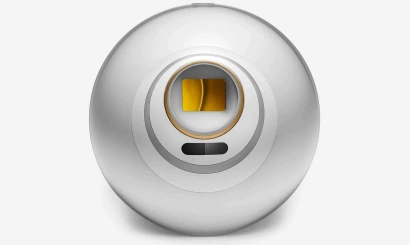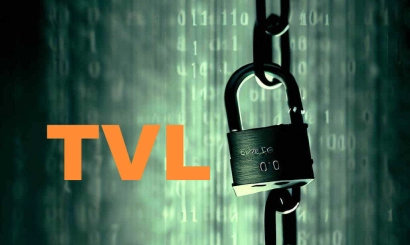Polaris BIOS Editor (PBE) is a software tool designed for manually adjusting the BIOS of graphics cards built on the Polaris architecture. This utility enables users to modify various operating parameters of the graphics card, such as timings, GPU frequency, core voltage, and other essential characteristics, thereby enhancing mining efficiency and increasing profitability over time.PBE is compatible with 99% of graphics cards, including the AMD RX 460/470/480/550/560/570/580/590 series, and supports all types of memory, such as Elpida, Micron, Samsung, and Hynix. The free version 1.7.5 can be downloaded from the official website, while an advanced version called Polaris BIOS Editor PRO 3 offers greater hash rate improvements but requires manual adjustments for optimal results.
Features of PBE
The utility has addressed bugs, updated timings for various graphics cards, and added support for several memory types. Older versions like 1.4 and 1.5 are outdated, while version 1.6 may not support certain device IDs and could produce errors; thus, it is advisable to download version 1.7 or newer.IMPORTANT: Always download the program from official sources to avoid compromising your system's security.Polaris BIOS Editor 1.7.6 includes the following features:
- Modifications to enhance BIOS performance.
- Settings for graphics card timings.
- Access to a built-in database of timings from developers, allowing novice miners to effectively adjust their graphics card parameters.
- Quick and easy copying of timings for further customization.
- Functions for adjusting GPU voltage.
- Unlocking additional shaders on AMD 480 series GPUs.
How to Use Polaris BIOS Editor
Now let’s explore how to start using Polaris BIOS Editor.
Downloading
- Download the latest version of Polaris BIOS Editor (click the blue button above).
Preparation
- Extract the downloaded archive into a folder on your computer.IMPORTANT: Modifying your graphics card's BIOS settings can lead to system instability; therefore, it is crucial to back up your current configuration to revert to the original settings if necessary. We recommend using GPU-Z to save your settings and back up the BIOS.Click the button next to the BIOS Version field to save the file as a backup. This file represents your original manufacturer's configuration and can be restored if issues arise.
Setup
- Open the installation file
PolarisBioseditor.exe. A window from the developers will appear; click "OK" to proceed.After launching, click "OPEN BIOS" and select your saved BIOS file (from step 2) using GPU-Z or ATIFlash. The program will load your firmware and display the current timings of your graphics card in the lower right window.Below this window is a button labeled "One Click Timing Patch." Clicking it allows the program to automatically select new timings for your GPU. Confirm by clicking "OK."The program comes preloaded with optimized timings for most graphics card models; this button applies those settings. - IMPORTANT: To verify if the updated configuration is effective, test your system over a period while monitoring mining performance and stability. If there are no improvements, consider updating the timings again. If instability occurs, reduce the overclocking settings.For advanced users, there are fields for GPU and Memory where manual adjustments can be made. If you lack expertise in this area, it's advisable not to alter these settings as they control power delivery at different frequencies and temperatures.
Saving
- Each updated BIOS configuration can be saved for future use (you may want to keep multiple versions).
With Polaris BIOS Editor (PBE), you can achieve optimal performance without complex adjustments to your graphics card settings.Next, ensure you patch your system with Atikmdag patcher if you haven't done so already to remove driver limitations.
- NBMiner for Linux and Windows
- Platforms for issuing tokens: Where to mint coins for ICOs?
- Polaris BIOS Editor 1.7.6 (PBE)
- How to assemble a rig for mining with your own hands
- What is Bitcoin?
- What is NFT?
- What are parachains?
- What is a scam?
- Crypto A to Z: Cryptocurrency glossary of common terms
- How to Know Mining: Key Terms
- CGMiner program: an overview
- How to use T-Rex v0.26.4 miner for NVIDIA

_800x600_282.webp)





